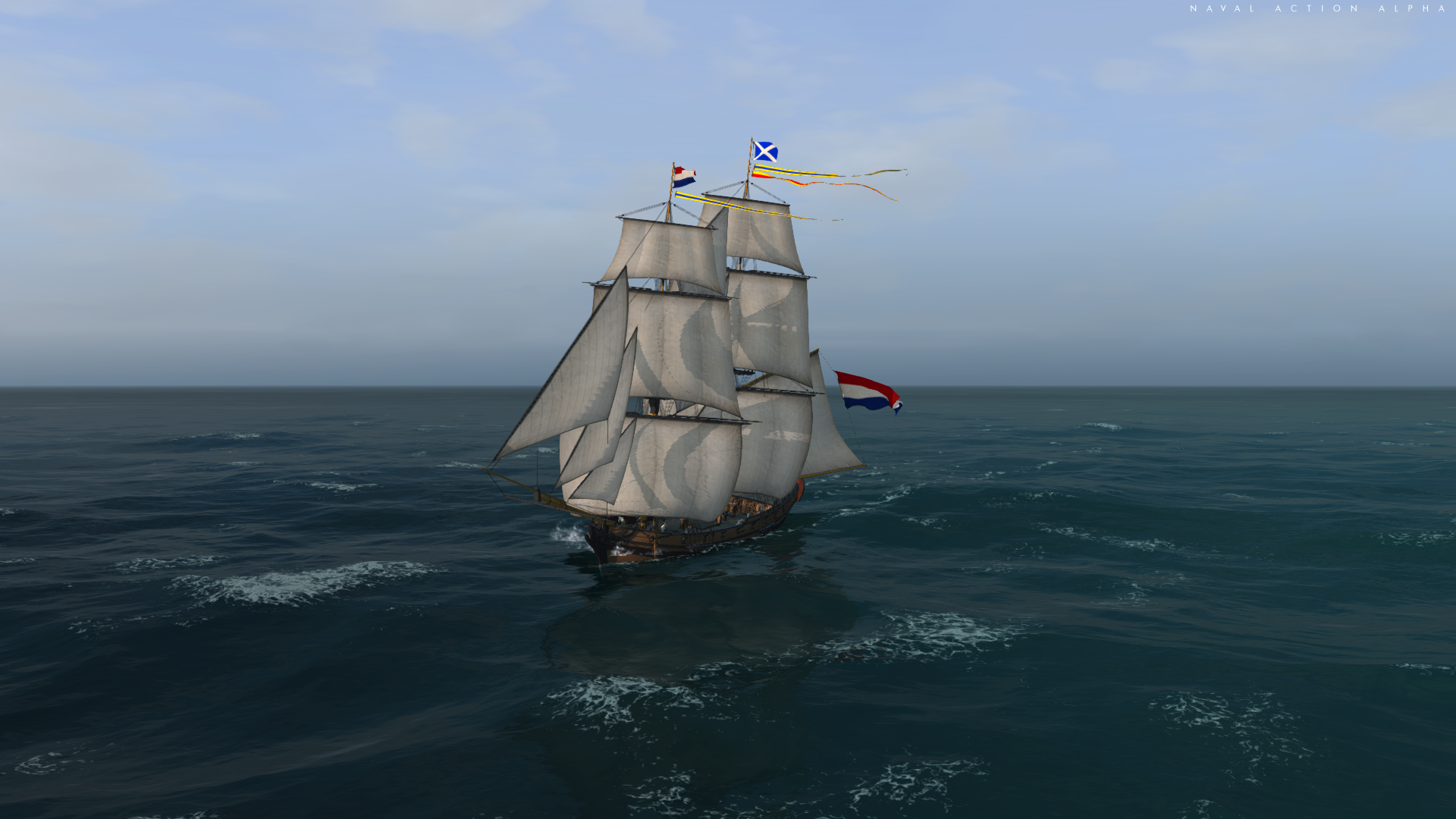
islands generate a territorial sea, a contiguous zone, and an exclusive economic zone.Each of these three features generates different maritime zones: What maritime zones do islands, rocks, and low-tide elevations generate?Īs mentioned previously, UNCLOS defines three kinds of maritime features: (1) islands (2) rocks and (3) low-tide elevations. As such, the continental shelf will not be discussed here. However, the rights of the state over its continental shelf may not infringe upon the navigation rights of other states. Maritime features also generate a continental shelf, which is composed of the seabed extending beyond a state’s territorial sea. Within this 200 nautical miles, the state has special rights to the exploration and exploitation of natural resources. The contiguous zone is not the sovereign territory of a state it is considered part of international waters.įinally, the exclusive economic zone extends 200 nautical miles from land and encompasses both the territorial sea and the contiguous zone. The contiguous zone begins where the territorial sea ends-12 nautical miles from land-and extends another 12 nautical miles, ending 24 nautical miles from land. The territorial sea extends 12 nautical miles from land and is considered the sovereign territory of a state this sovereignty extends to the airspace over and seabed below the territorial sea. What are the territorial sea, the contiguous zone, and the exclusive economic zone? islands, rocks, and low-tide elevations) is important because each of these three features generates different maritime zones. The distinction between maritime features (i.e. Why is the distinction between different maritime features important?


The UN Convention on the Law of the Sea (UNCLOS) is the international agreement that defines the rights and responsibilities of nations with respect to their use of the world’s oceans. What is the UN Convention on the Law of the Sea (UNCLOS)?


 0 kommentar(er)
0 kommentar(er)
